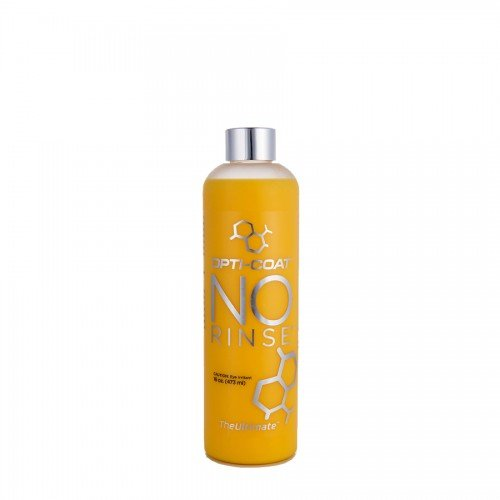I've noticed that my driver-side wiper leaves residue/streaks along where the bottom half of the wiper travels. I thought that the wiper blades needed to be replaced, so I had that done a couple of weeks ago when the vehicle was in for service for something else (a coolant leak). But this is still happening with brand new wiper blades. See attached image.
This can be significant enough that it obscures my view and feels dangerous. I don't recall it happening when it was raining during the warmer months; it seems to be an issue now that it's colder.
I have wiper fluid that is rated to -20F, and I often turn on the windshield wiper warmer when I get in the car. I haven't contacted service about it yet. I wanted to check with folks on the forum first to see if anyone else has this issue.
This can be significant enough that it obscures my view and feels dangerous. I don't recall it happening when it was raining during the warmer months; it seems to be an issue now that it's colder.
I have wiper fluid that is rated to -20F, and I often turn on the windshield wiper warmer when I get in the car. I haven't contacted service about it yet. I wanted to check with folks on the forum first to see if anyone else has this issue.




